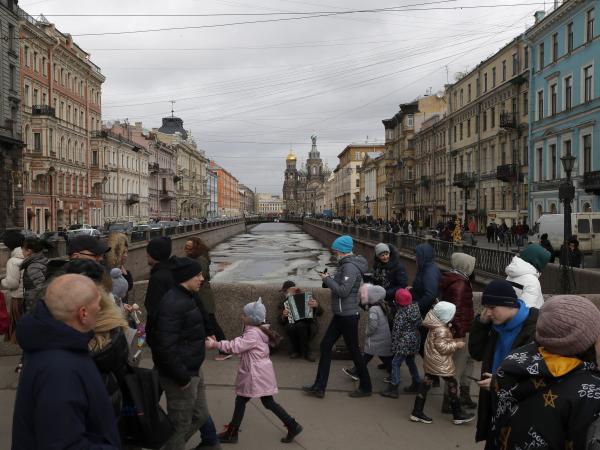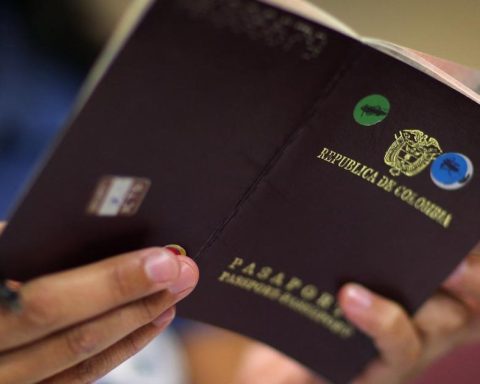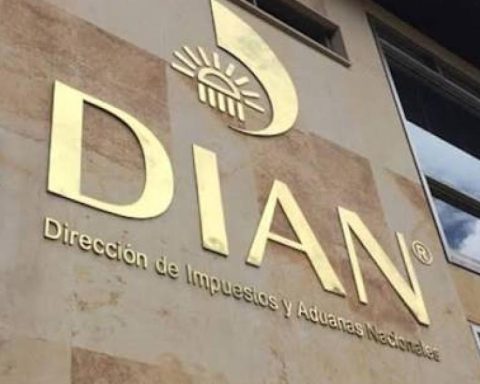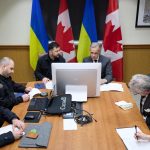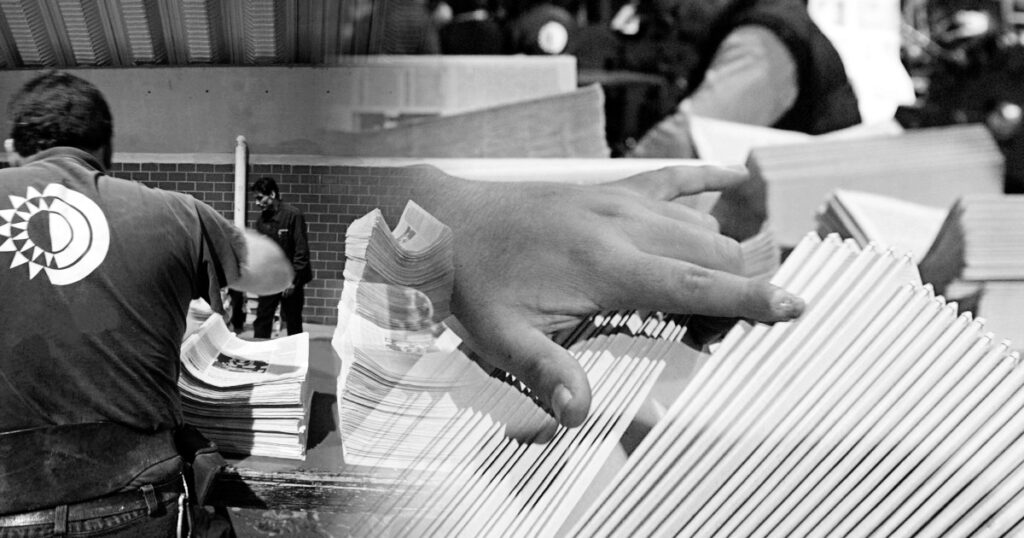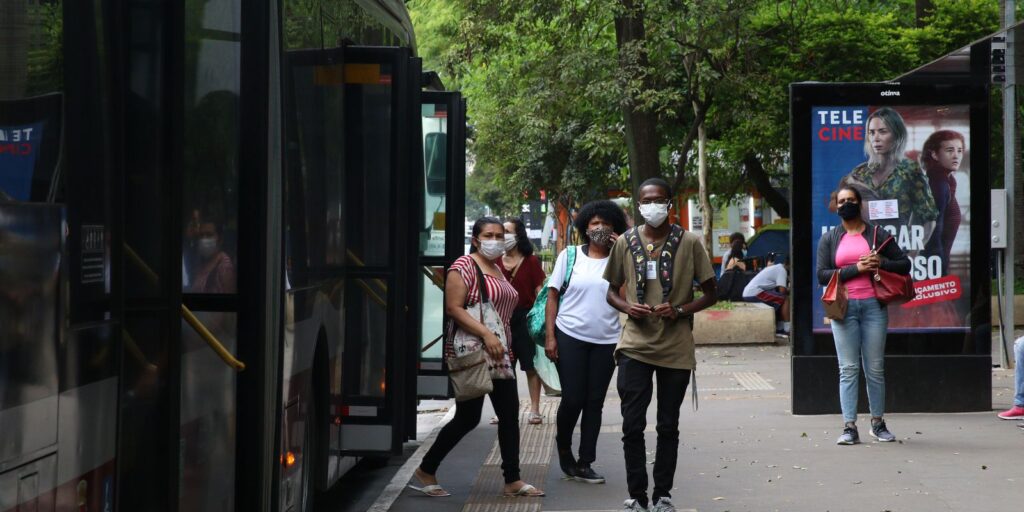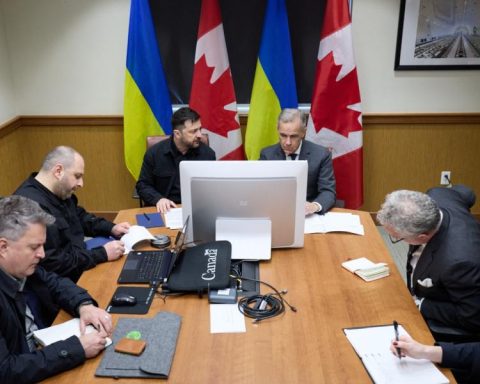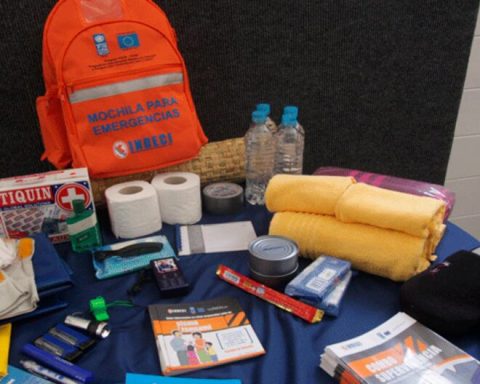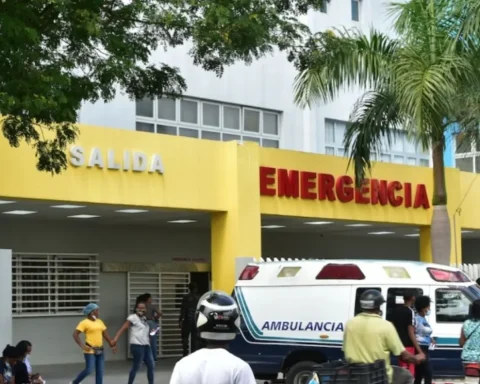Russia approaches a ‘default’ after being unable to repay a debt in dollars the previous week, which led to the S&P risk rating agency to declare on Saturday that the country is in a situation of “selective default”.
(See: How many Colombians have been evacuated from Ukraine due to the war?).
For several weeks, Russia ruled out the possibility of a moratorium, as the US Treasury allowed the use of foreign currency deposited by Moscow abroad to meet its payments. In March, Russia repaid the interest, showing its willingness to pay. But the US announced on April 4 that it prohibited Russia from paying its debt with dollars deposited in the US system.
Consequently, the bank JP Morgan, that served as an intermediary to make the payment, blocked the transaction. Then, Russia’s Finance Ministry announced Wednesday that it paid the equivalent of $650 million in rubles due on April 4.
(See: Ukraine’s economy will contract 45% in 2022, according to the World Bank).
This prompted S&P Global Ratings to cut Russia’s foreign currency note to “selective default” on Saturday. This rating is the step before the lowest, which is ‘D’, which implies a general moratorium.
This means that S&P considers that Russia is still you can pay future installments on time.
“The Russian state, like numerous Russian companies, was pushed into a technical default, an unprecedented event”, explained Slim Souissi, a specialist in sovereign debt defaults.
“The reimbursement must be made under conditions that are equally favorable to what was agreed”, then, since the refund was in rubles, when the contract stipulated in dollars, this can be considered as non-payment.
(See: The foods that have increased the most in price due to the war in Ukraine).
AFP
